
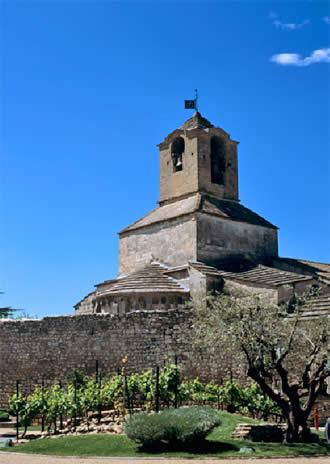
Mention Noves and one thinks of the village's most famous resident, Laura de Noves, the object of the Florentine poet Petrarch's platonic love. In the 14th century, he sang the virtues of "the beautiful Laura" in his sonnets, including the entire Canzoniere.
Today, Noves and its hamlet, Paluds-de-Noves, form a pleasant community in the northern part of the Alpilles just 15 kilometres from Avignon and 15 kilometres also from Cavaillon. A peaceful yet living village, it possesses all the aspects of modern life.
However, Nove has preserved some beautiful testimonies to its medieval past, a time when the village was under the dominion of the popes and bishops of Avignon.
Two gates of the ramparts built between the 12th and 14th centuries still exist today: the Porte d'Aurose (the gate towards Châteaurenard) and the Porte d'Agel. The Porte des Moulins (or Gate of the Mills, but the mills disappeared at the start of the 20th century) is today called the Porte de l'Horloge and is surmounted by a belfry built in the 17th century.The Romanesque church Sainte Baudille was built in the 12th century against the ramparts, on the site of a former Roman temple and a Paleochristian place of worship.
The White Penitents Chapel was also built in the 12th century, in the place of an old synagogue. This chapel witnessed the wedding of Laura de Noves with Hugues de Sade (ancestor of the famous marquis) in 1325. Transformed into a washhouse in the 1950s, it today houses the Marc Mielly multimedia library.
In the old village you will find the old streets typical of the Middle Ages, narrow and winding, some of them bordered by houses with beautiful 17th century façades.
The esplanade at the château de Noves offers you pretty views over the village. Unfortunately nothing remains of the castle, first built by the bishops of Avignon at the summit of the Rocher de la Coste then extended in the 14th century by Pope John XXII. It was destroyed, along with its fortifications, by the Duke de Guise in 1611. Archaeological excavations have brought to light an 18-metre deep well, built into the rock in the centre of what had been the castle.
You will surely notice a pretty building with a colourful façade that bears the inscription "Cellier de Laure". Another inscription, "in vino veritas", painted on the building next door will tell you that this is the Wine Cooperative of Noves. With its vineyards planted on the stony and sunny plateau between the Durance and the Alpilles, the town produces a very good wine of the Alpilles, mostly reds and very affordable on top of that.
Noves is also a village of festivals and traditions and the year is punctuated by taurine festivities such as the running of the bulls, abrivados, ranch competitions, folkloric parades and aioli and a fun ambiance guaranteed.
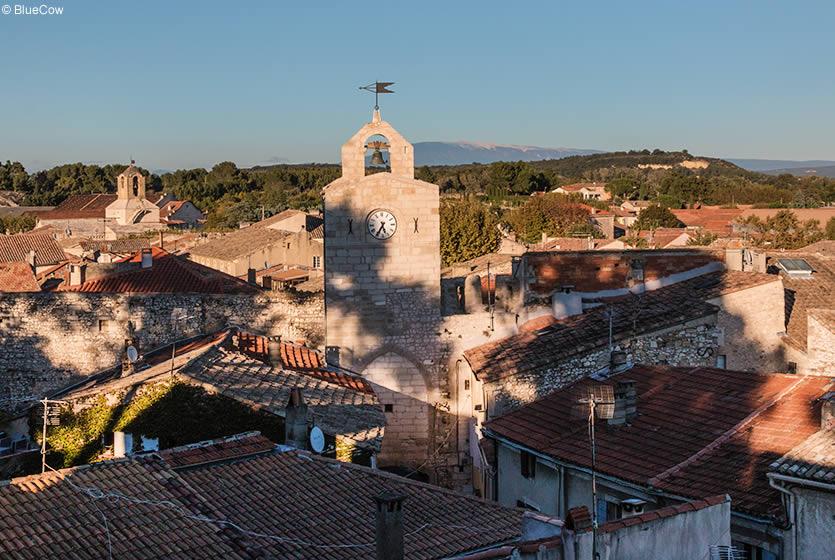
Noves in the Bouches du Rhone
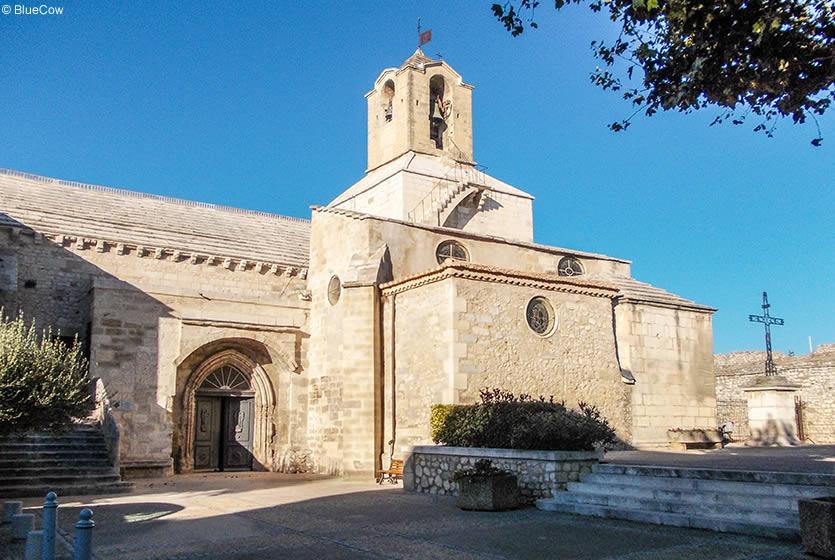
Saint Baudile Church in Noves
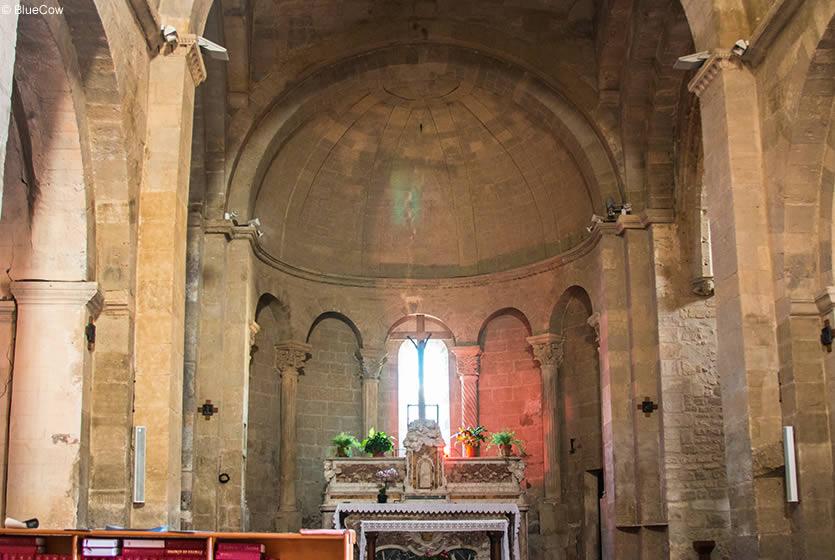
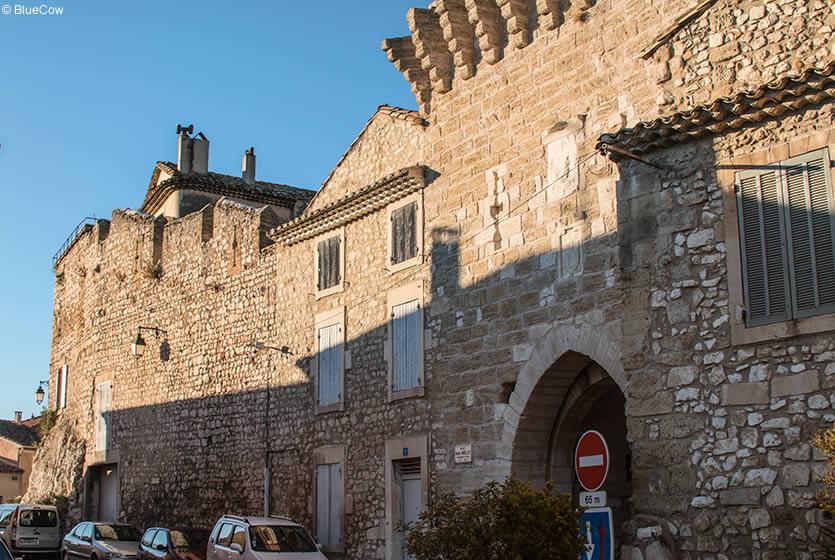
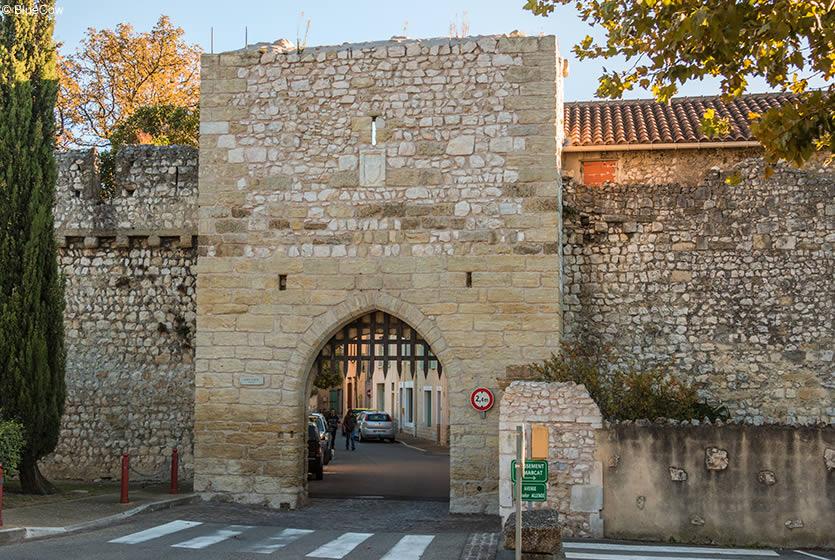
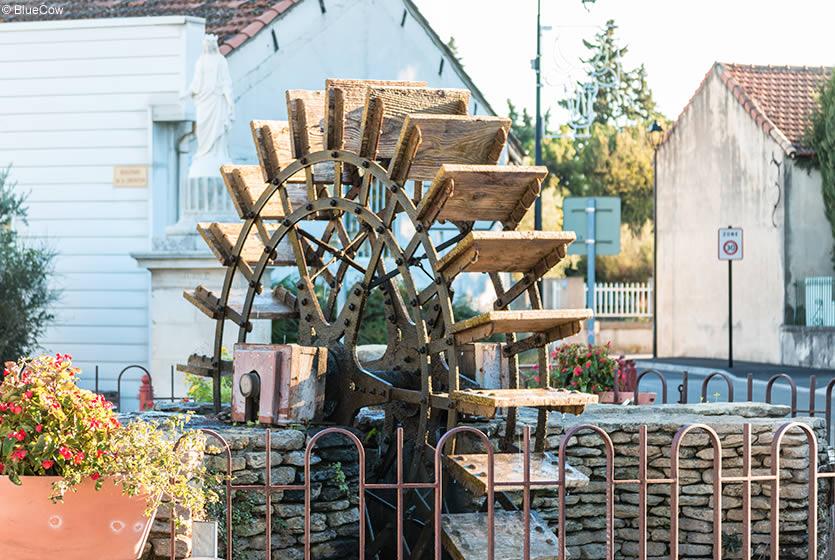
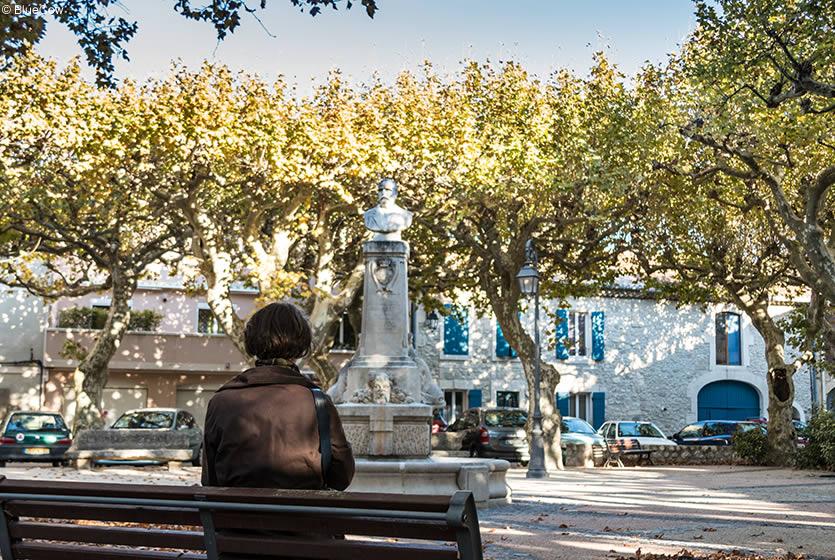
Place Lagnel in Noves
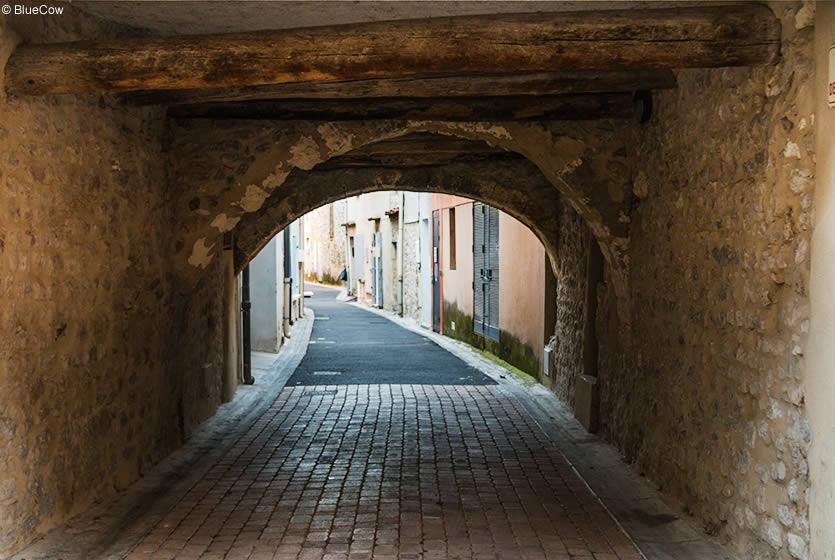
Art of living
Gastronomy, markets of Provence, regional products, Christmas traditions, celebrities of Provence....
Where to sleep?